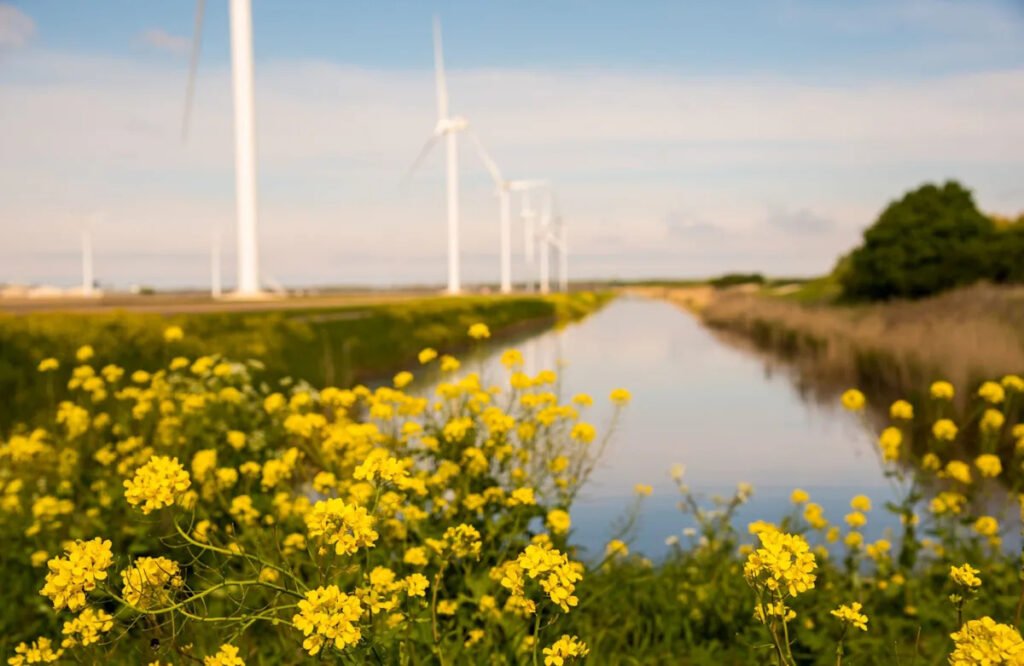A July report by the International Renewable Energy Agency underscores the cost-effectiveness of clean energy projects.
In 2024, renewable energy capacity increased 20% around the globe from 2023, Reuters reported. The addition of those 582 gigawatts of wind, solar, hydropower, and more also saved untold sums of money, with 91% of utility-scale renewable projects “more cost-effective than fossil fuel alternatives,” it added.
Onshore wind projects were 53% cheaper than the lowest-priced dirty fuel alternatives, and solar projects were 41% cheaper.
“The costs of renewable technologies have been decreasing since 2010 due to technological advances and economies of scale,” Reuters stated, noting a 93% decline since 2010 in the cost of battery energy storage systems, per the report.
The outlet said that price reductions are expected to continue despite “geopolitical tensions, trade tariffs, and bottlenecks in raw material production and procurement.”
Francesco La Camera, director general of IRENA, said the renewable projects replaced $467 billion worth of investments in fossil-fuel-powered infrastructure. The much more economic options “[offer] a clear path to affordable, secure, and sustainable energy.”
Governments around the world are working to develop their clean energy infrastructure. Not only is it more economical, but it is also cheaper for people who rely on the grid for power. The benefits multiply by improving human health outcomes, protecting wildlife, and bettering the environment.
The burning of fossil fuels — coal, gas, and oil — produces pollution that fills the atmosphere and traps heat around Earth, preventing it from escaping into space. This is what causes the rapidly rising global temperatures that are harming communities via rising sea levels, melting ice, and more frequent and severe extreme weather events.
As Reuters pointed out, if the planet’s temperature reaches 1.5 degrees Celsius (2.7 degrees Fahrenheit) above preindustrial levels, these consequences of human activity will become unbearable for much of the world’s population.
The solution is to cut pollution as much as possible, hence the push for clean energy as well as smaller changes that add up when enacted by millions or billions of individuals. Shopping secondhand, eating plant-based meals, and ditching plastic all contribute to a cleaner, safer, and cooler future.
Join our free newsletter for weekly updates on the latest innovations improving our lives and shaping our future, and don’t miss this cool list of easy ways to help yourself while helping the planet.

